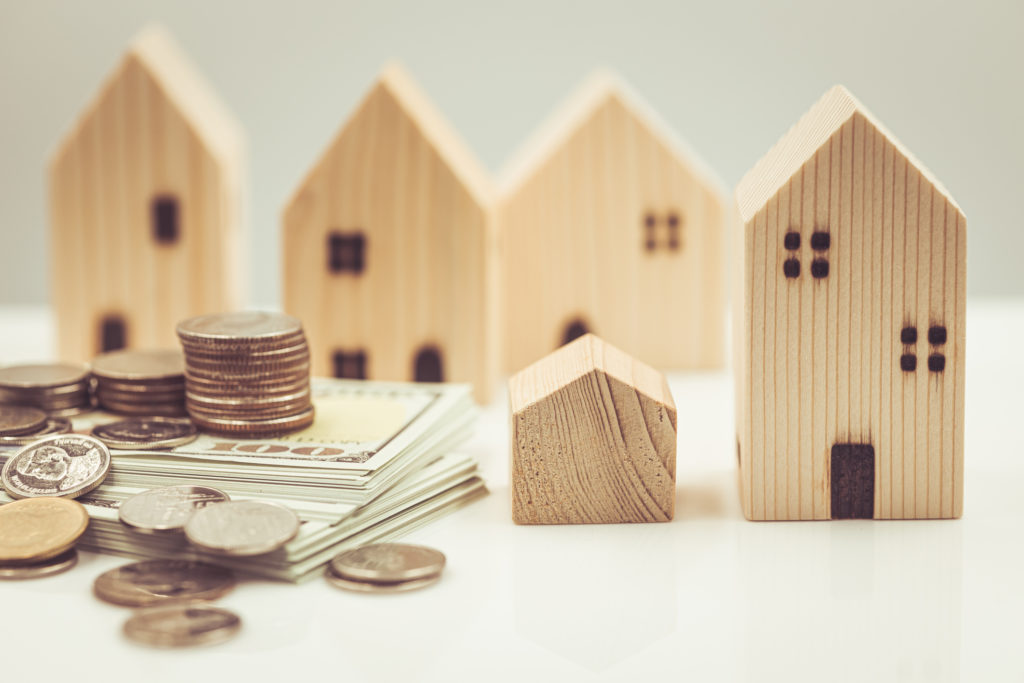It’s Too Early for CECL Fatigue
- Contributor
- Doug Mims
Jun 22, 2022
For various reasons, it seems like it has been a lifetime since the initial adoption of ASC 326 (aka CECL) by 152 SEC registrant banks. In January 2020, CECL adopters had total assets ranging from $1.3 billion to over $3 trillion, and the allowance for credit losses to loans was 1.06%. That amount peaked in September 2020 at 1.66% and was down to 1.24% by the end of December 2021.
Among the many banks who initially adopted CECL, 50 banks chose to delay CECL under the CARES Act, while 192 Small Reporting Companies will adopt the policy as of January 1, 2023. Approximately 4,500 community banks are still set to adopt CECL as of January 1, 2022. These institutions are generally smaller, less complex community banks, with two–thirds having less than $500 million in total assets and roughly 80% having less than $1 billion. Hence, the risk profile of 2023 adopters is very different from that of the initial adopters–but so are the resources and in-house expertise.
While all of this is happening, the community bank industry has grown weary of the topic of CECL. Once the main attraction at community banking events, in some instances, it is no longer on the agenda at all. And while it would be nice to forget all about CECL, its implementation in 2023 is fast approaching. Based on industry feedback, it appears most institutions are between deciding on loss methodology, running parallel, and everywhere in between.
Given the above, a few helpful reminders about CECL are offered below:
- The 2020 interagency guidance included a variety of expectations, including “documentation.” 2023 adopters need to ensure CECL processes, procedures, and policies are documented in writing. Related activities should align sufficiently to withstand regulatory scrutiny.
- Qualitative factors do not go away under CECL. In fact, depending on the CECL methodology chosen, qualitative factors could be more relevant than under the incurred loss model.
- Certain third-party CECL models require more management input and manual processes than others. Management is responsible for understanding “how” the model works regardless of whether it is more or less automated.
- The Scaled CECL Allowance for Losses Estimated (SCALE) was presented as a “starting point” for CECL compliance and may not be appropriate for all smaller, less complex institutions. 2023 adopters should proactively communicate with their primary regulator and independent auditor before choosing the SCALE method.
- CECL model validation is expected to be performed periodically by someone independent of the credit approval and loss estimation processes. The institution’s independent external auditor should not perform this validation. A best practice would be to complete the model validation before year-end 2023.
- Held-to-Maturity securities are included within the scope of CECL, while Available for Sale securities are not.
- CECL was amended to no longer require separate accounting treatment for Troubled Debt Restructurings (TDRs). However, financial statement disclosure requirements have been expanded.
Contact CRI today at [email protected] or visit our CECL resources page so we can assist you in identifying and implementing an appropriate CECL solution for your institution.





















































































































































































































































































































































































































































































































